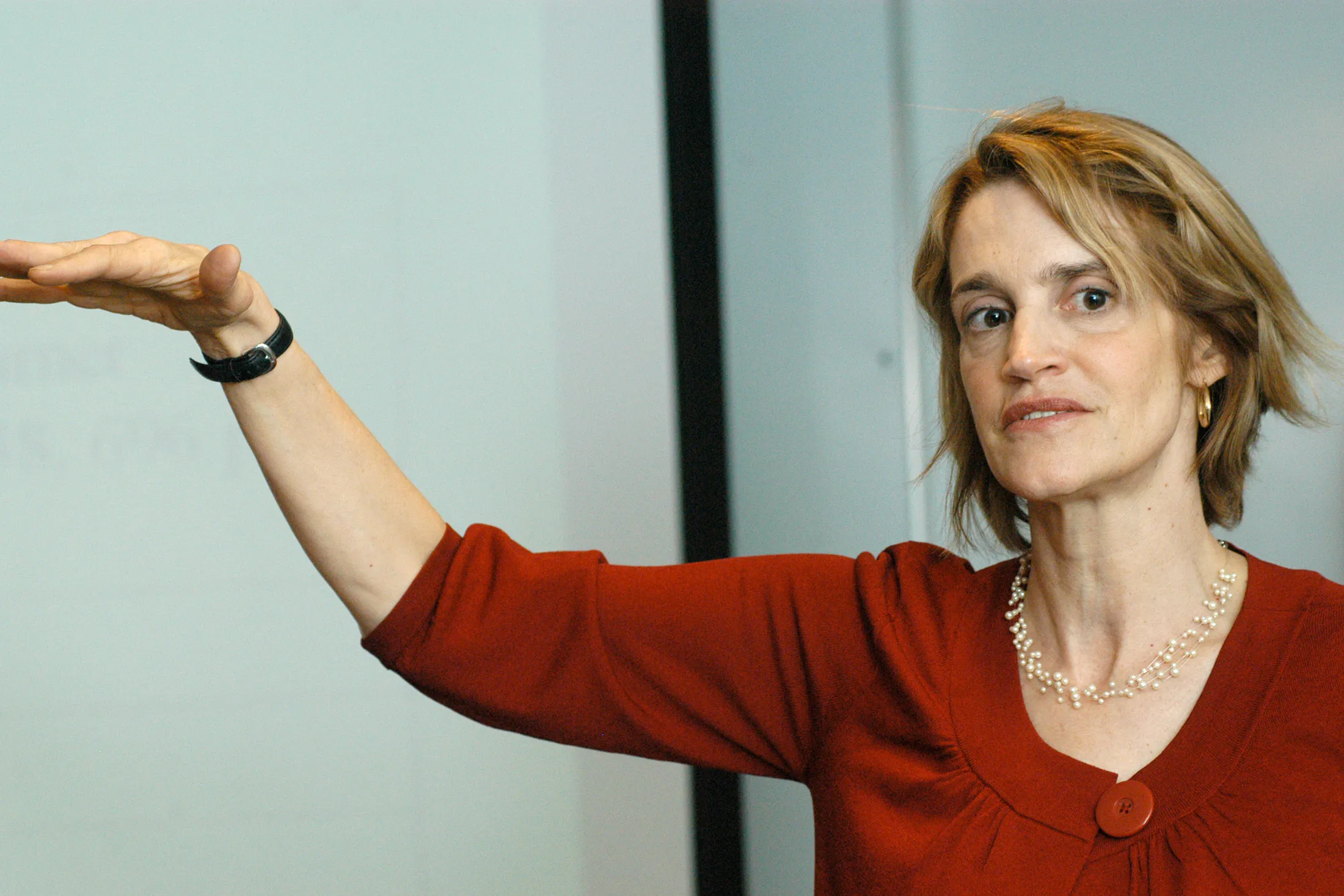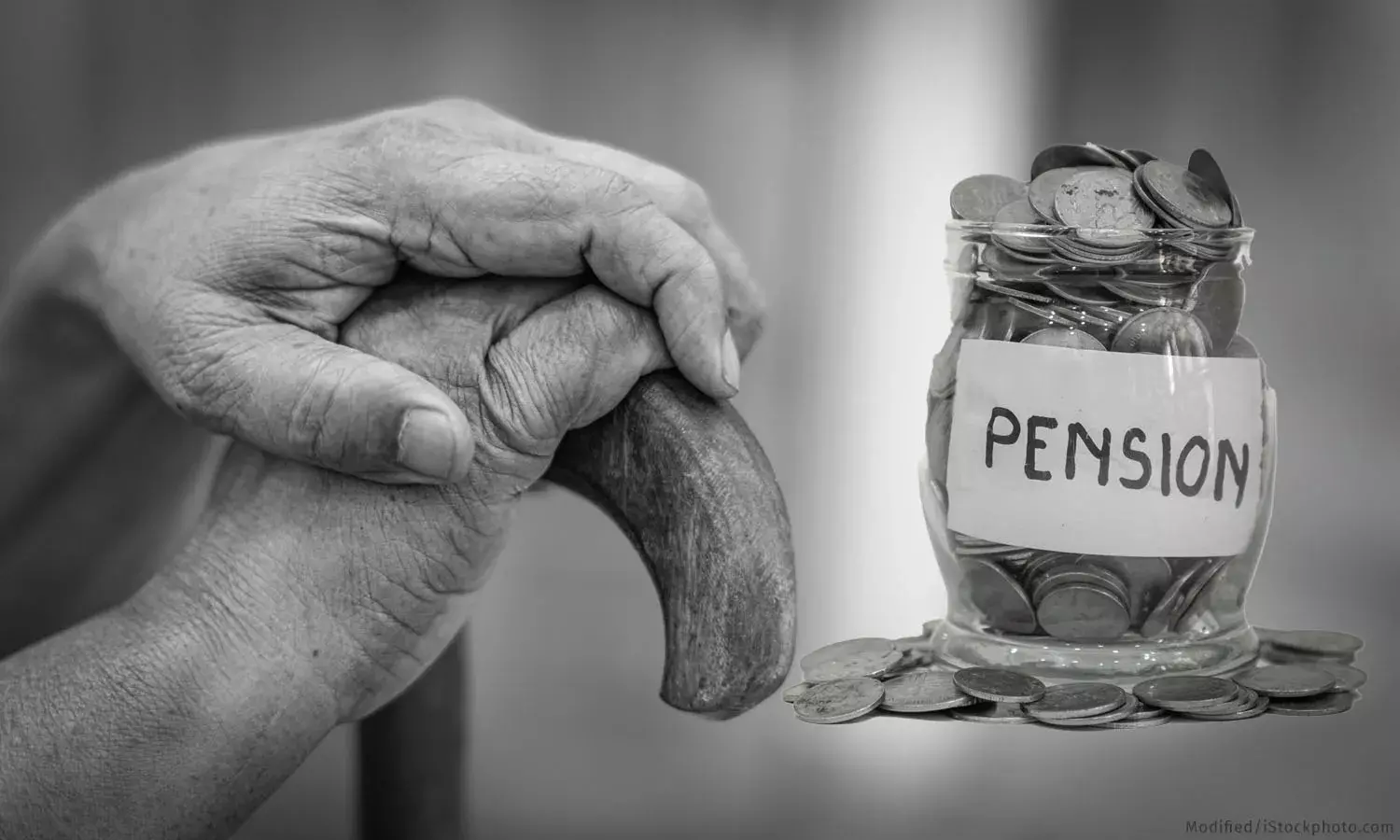
The conversation about when Americans can, or should, retire is heating up, sparked recently by former South Carolina Governor Nikki Haley’s proposal to gradually increase the retirement age. While her suggestion drew swift criticism from political rivals, it also resonates with some who are concerned about the soaring costs of entitlement programs like Social Security and Medicare.
But is pushing back retirement the right path forward for everyone? A fascinating new book, *Work, Retire, Repeat*, by economist Teresa Ghilarducci, dives deep into this question, offering compelling reasons to explore alternative solutions. It seems the idea of a leisurely retirement might be far from the reality for many, especially lower-paid workers.

Ghilarducci argues that while policy elites might view retirement as something rather dull, many low-paid workers eagerly anticipate relief from physically demanding jobs, relentless schedules, unexpected changes in duties, and the constant fear of being laid off. For these individuals, retirement isn’t just a break; it’s an escape from conditions that can be truly punishing.
The book highlights a stark reality: a significant portion of workers, particularly those with incomes below the median, don’t get to choose when they stop working. In fact, 52 percent in this group are forced into retirement before they feel ready. This can happen due to failing health, losing their job, or simply because employers become reluctant to hire older workers. Contrast this with the wealthiest decile of Americans, where only 10 percent are forced out, and you see a clear disparity in retirement control.

Ghilarducci contends that the common claim that retirement leads to declining mental health might be missing the point. She suggests that retirement often happens *because* people are already unhappy, perhaps due to challenging work conditions or health issues. For those with physically arduous or psychologically demanding jobs, she argues, retirement can actually improve health in old age. Furthermore, she posits that some forms of menial employment can actually get in the way of pursuing more meaningful activities later in life.
A critical issue Ghilarducci raises is the lack of retirement savings among many seniors, forcing them to rely almost entirely on Social Security. She paints a vivid picture, contrasting the “happy, healthy 75-year-old pediatrician who chooses to work” with “the 75-year-old janitor with ailing joints who must work for money to survive.” For those with the lowest incomes, she argues, delaying retirement isn’t likely to yield substantial additional savings for their later years anyway.

Raising the full retirement age, according to Ghilarducci, essentially acts as a cut to Social Security benefits. This cut disproportionately affects poorer retirees who, statistically, can expect to live fewer additional years to collect benefits compared to their wealthier counterparts. It’s a policy that hits hardest where the capacity to absorb the impact is lowest.
The shift in employer-sponsored retirement plans from defined-benefit pension plans to 401(k)s is another area of concern for Ghilarducci. She believes these tax-deferred savings arrangements primarily benefit the affluent, leaving retirees vulnerable to the complexities and risks of managing investments and potentially outliving their savings. The absence of guaranteed income streams through annuitization, she suggests, pushes people to work longer than they might prefer out of fear of running out of money.

As an alternative, Ghilarducci proposes a new national system. She envisions mandatory personal accounts where individuals would purchase approved defined-benefit pensions. This would be funded by a three-percentage-point payroll tax increase, with additional public subsidies directed towards low- and middle-income workers. To shore up the existing Social Security system’s solvency, she also endorses another three-point payroll tax increase, totaling a significant six-percentage-point hike.
While Ghilarducci’s book makes valuable contributions to the debate, particularly in highlighting the realities faced by many American workers, it has also drawn criticism regarding its proposed solutions and broader economic analysis. Some argue that the book is less practical when it comes to guiding policymakers through the complex costs and trade-offs of an aging population.

For instance, Ghilarducci points to a cross-national correlation between high spending on pensions and high spending on education and welfare benefits, claiming this shows “there is no evidence ‘the old eat the young’.” However, critics counter that this view overlooks who bears the burden of paying for these expenditures, which falls primarily on current workers. In reality, spending on pensions for the elderly often dwarfs other welfare expenditures, and more generous benefits for the elderly in some countries correlate with less aid for poor non-retirees.
Furthermore, there’s skepticism about the feasibility of a six percentage-point tax hike on American workers to fund retirement programs, even with the promise of some individual control over funds. The shift towards 401(k)s, while not without flaws, is also seen by some as less damaging than Ghilarducci suggests. Interestingly, younger generations like Millennials are reported to have more set aside for retirement than Generation X, and Gen X more than the Baby Boomers did at similar stages.

Critics argue that policy already tends to redistribute wealth from the young to the old. Data from 2019 shows that while median incomes for households headed by adults over 75 were similar to those under 35 ($43,100 vs. $48,600), the median net worth of the older group was vastly higher ($254,800 vs. $14,000). This suggests a significant accumulation of wealth over time for older cohorts.
Adding to this, retirees generally have lower basic expenses compared to young adults. They typically don’t face the costs of raising children, commuting to work, or student loan debt. A majority of seniors also own their homes mortgage-free, further reducing their monthly outlays. While older adults do face higher medical costs, Ghilarducci herself acknowledges that Medicare beneficiaries often benefit from subsidies and mandatory discounts on medical services, leaving them better protected than many younger workers.
Some claims, like the suggestion that “many high-income older workers earning $170,000 or more per year will retire into poverty because they lost their jobs and were pushed into an early, underfunded retirement,” are viewed as implausible by critics. The reality, they argue, is that elderly individuals unable to provide for themselves are typically those who had the lowest incomes throughout their working lives.




